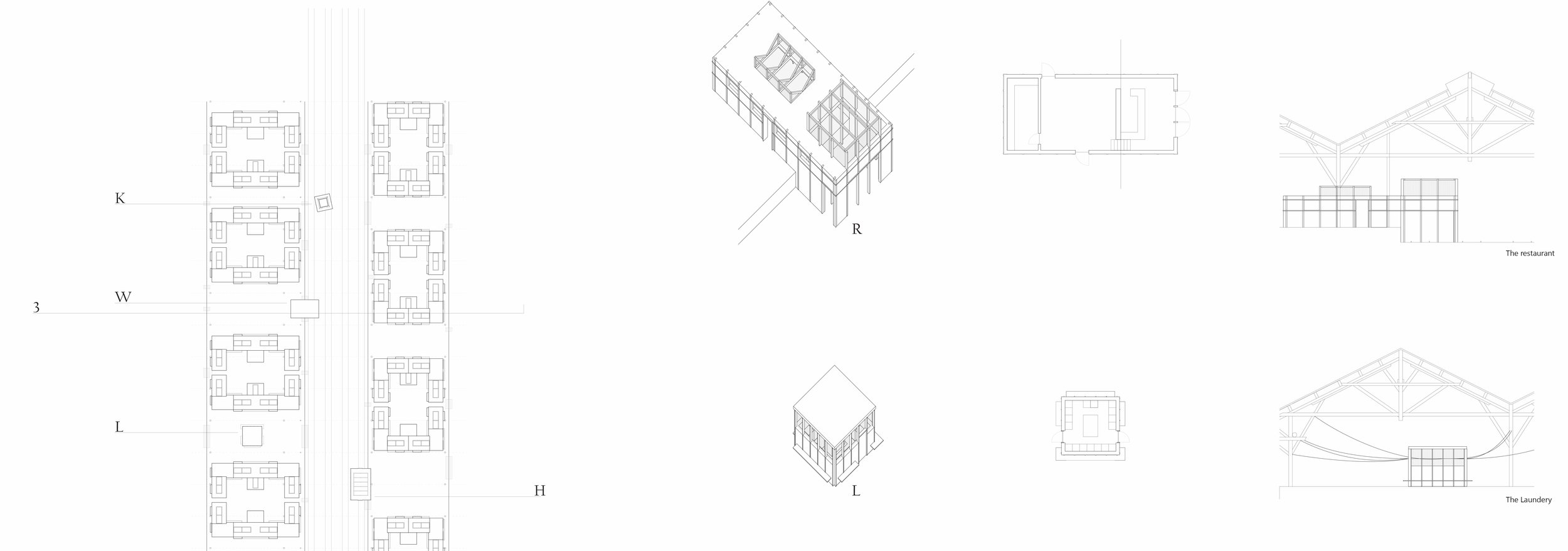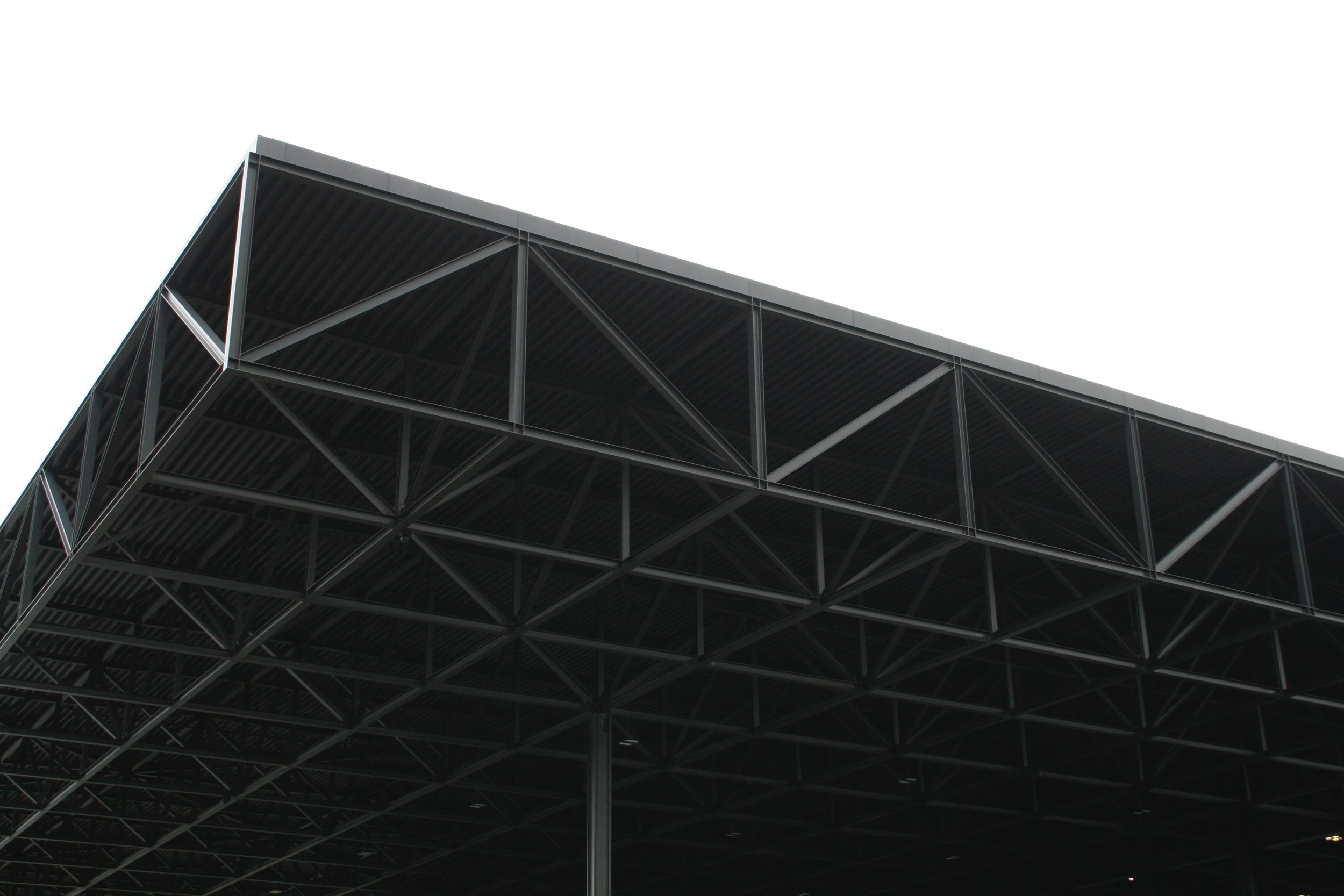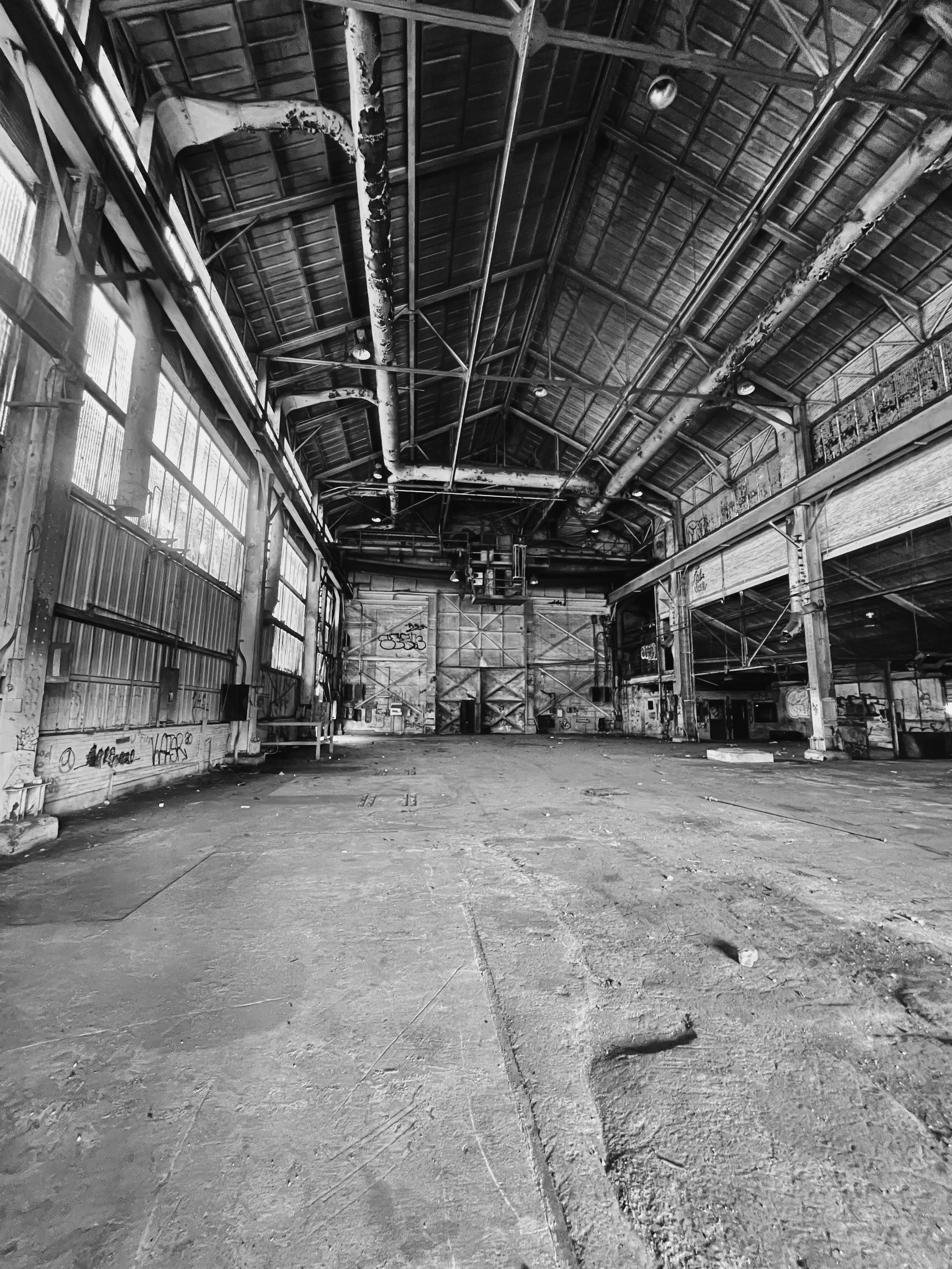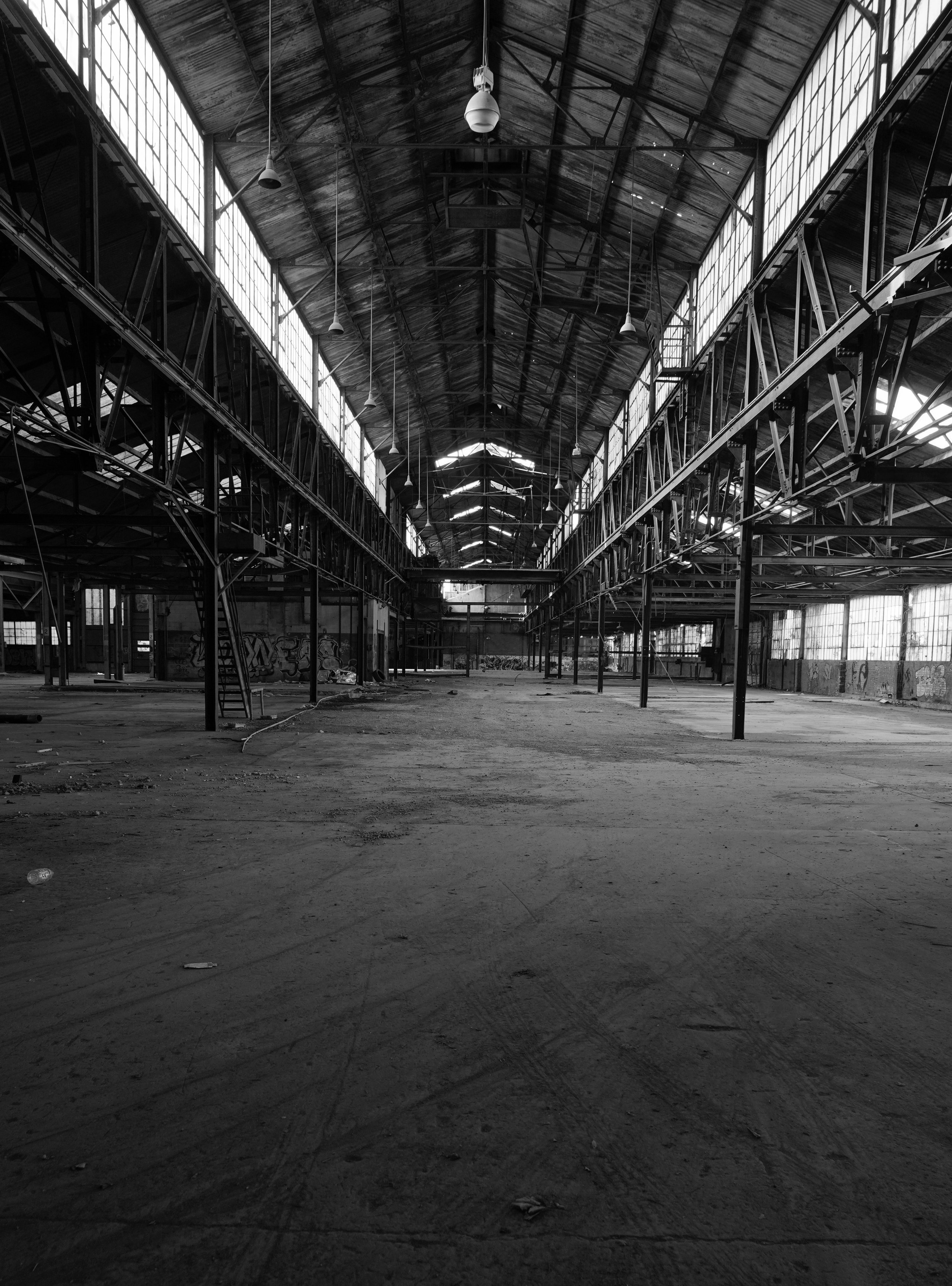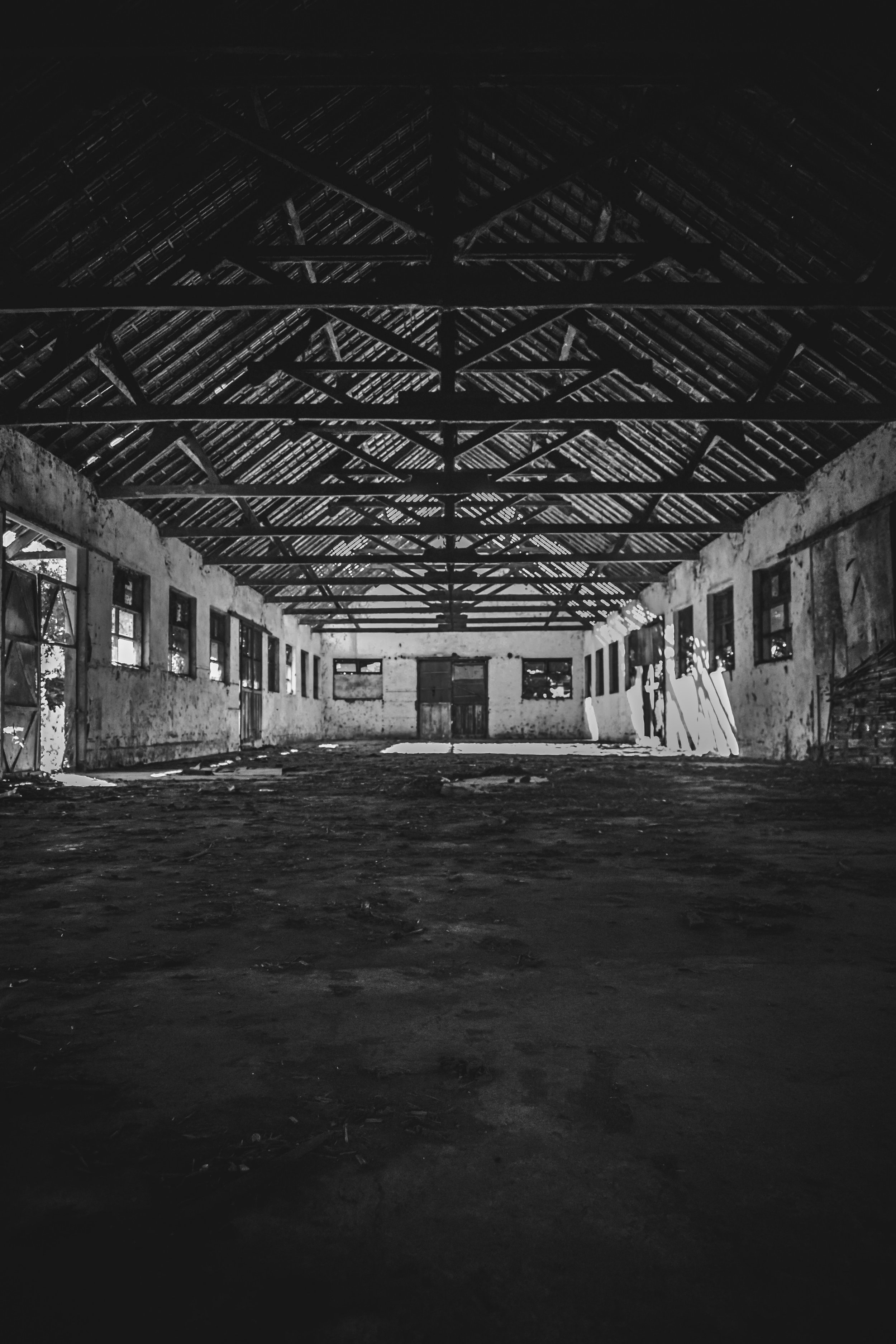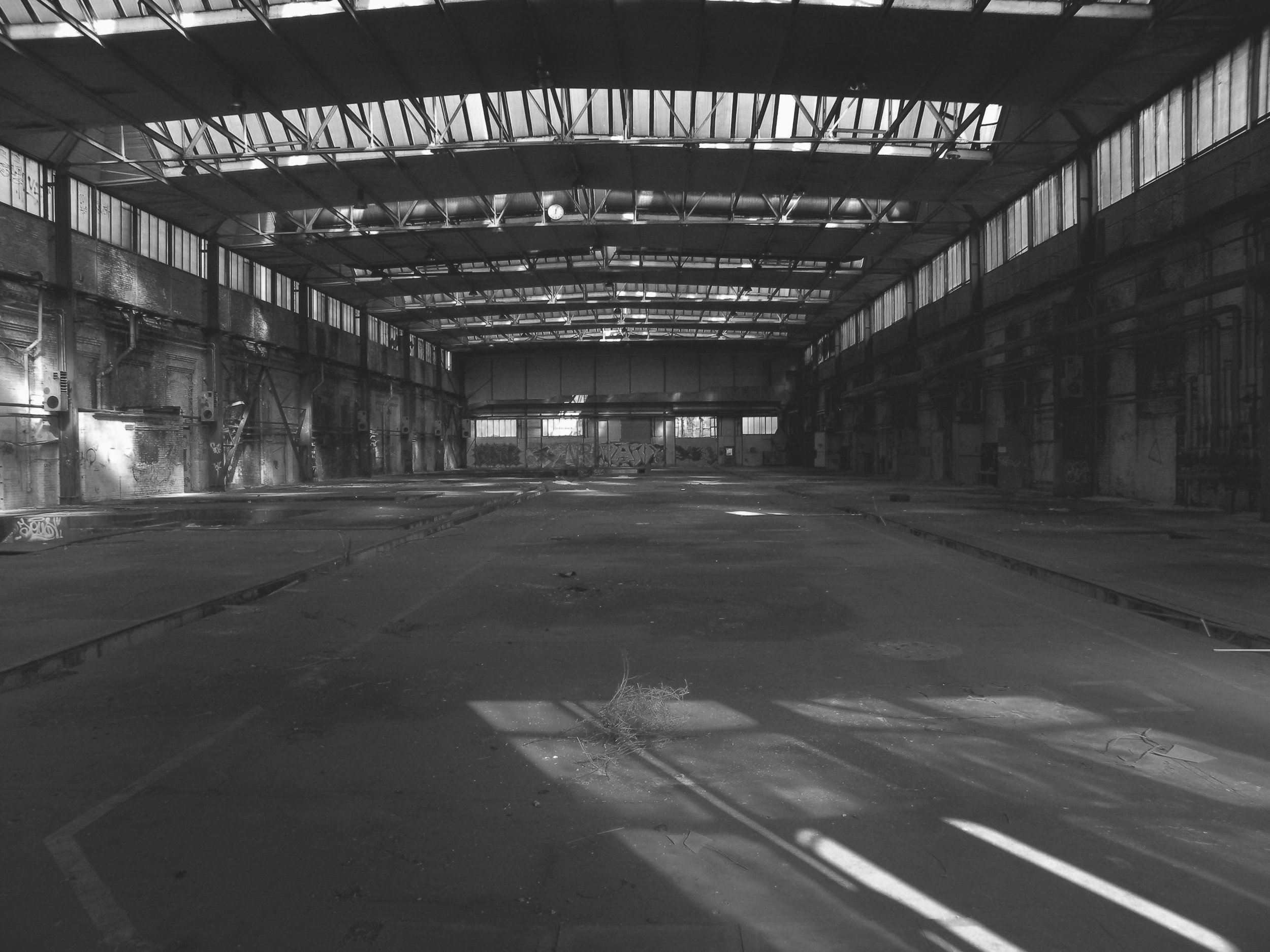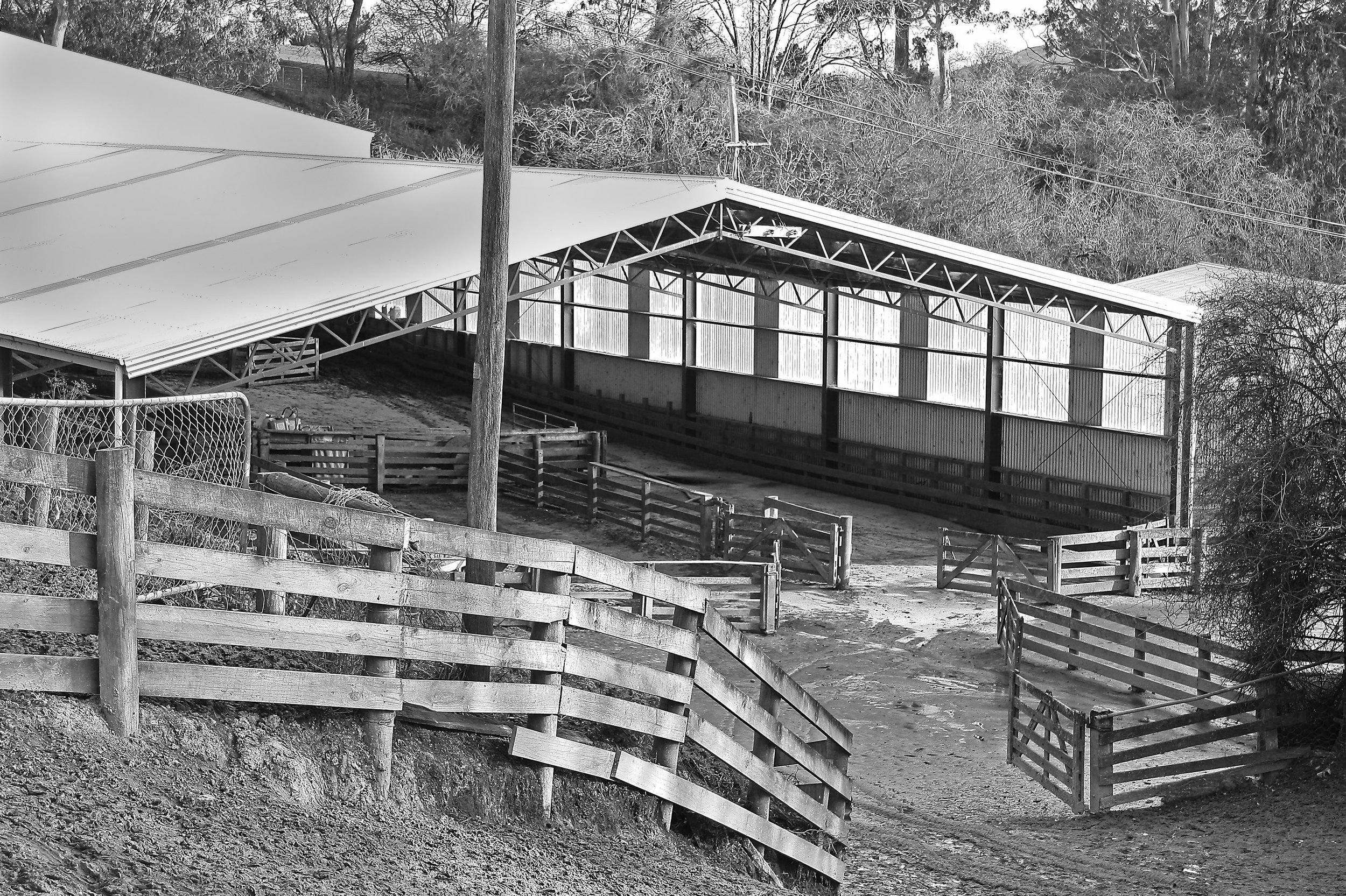1st price: Al traverso
Vanni Renzini, 24 years old
Italian, Graduated from the University, Florence.
and Silvia Roseto, 25 years old
Italian, Graduated from the University, Florence.
2nd price: Un héritage industriel au profit de logements sociaux
Brieuc de Norre, 24 years old
Belgian, Student from the Faculté d’architecture La Cambre Horta de l’Université libre, Bruxelles.
and Phan Dang Khoa, 26 years old
Vietnamese, Student from ENSA Paris-Malaquais, Paris.
3d price ex aequo: Laneway Village
Viet Thai Dang, 26 years old
Vietnamese, Graduated from the ENSA Paris la Villette, Paris.
3d price ex aequo: Le toit du quartier
Théo Bienvenu, 26 years old
French, Graduated from the ENSA Nantes.
and Claire Romsée, 25 years old
French, Graduated from the ENSA Nantes.
Laneway Village
Le toit du quartier
10 honourable mentions
A New Heart
Alberto Roncelli & Nicole Vettore, Graduated from the Politechno di Milano.
UNE VIE SOUS LE TOIT
Thai Hong Lim & Khac Kien Nguyen, Student from the ENSA Paris Belleville.
SETTLEMENTS UNDER THE ROOF
David Nielsen, Graduated from the Det Kongelige Akademi - Arkitektur, Design, Konservering.
A ROOF OVER EVERYBODY’S HEAD
Anna Myts, Student from Czech Technical University, Prague.
PORTIQUES DANS LES PRES
Marine Hazan & Juliette Martine, Graduated from ENSA Paris La Villette.
SHELTER-IN
Alessia Maurri & Camilla Marchionni, Students from University, Forence.
STATION TO STATION
Alexander N.C Christensen, Graduated from The Royal Academi - school of architecture, Denmark.
220.757 KM
KAY JANSEN, Student from FH Kaernten, Austria.
SIX + MORE
Benjamin Koslitsch & Samuel Grasser, Students from Carinthia University of Applied Sciences, Austria.
UN HANGAR COLLECTIF A PISE
Juliette Douillet & Nicolas, Students from Ecole d’Architecture de la ville et des territoires, Paris.

















